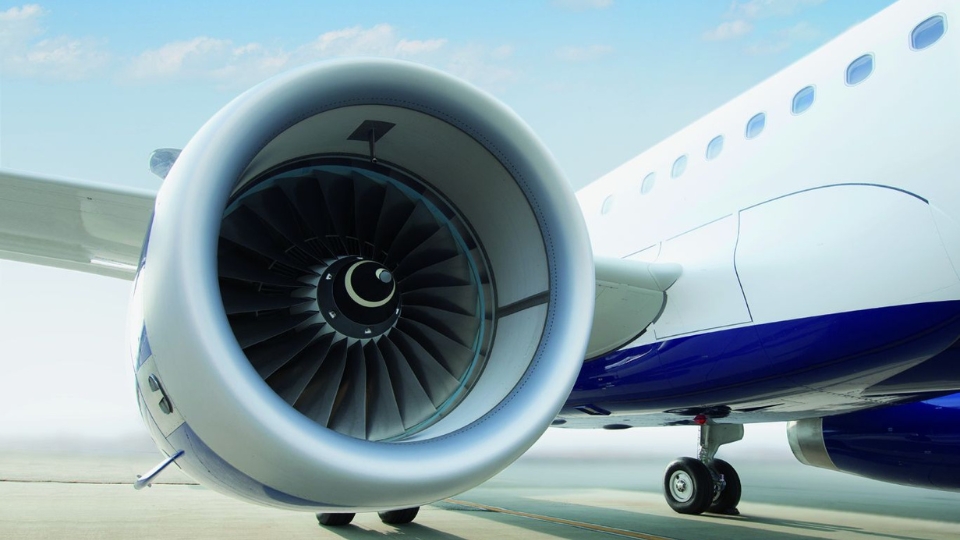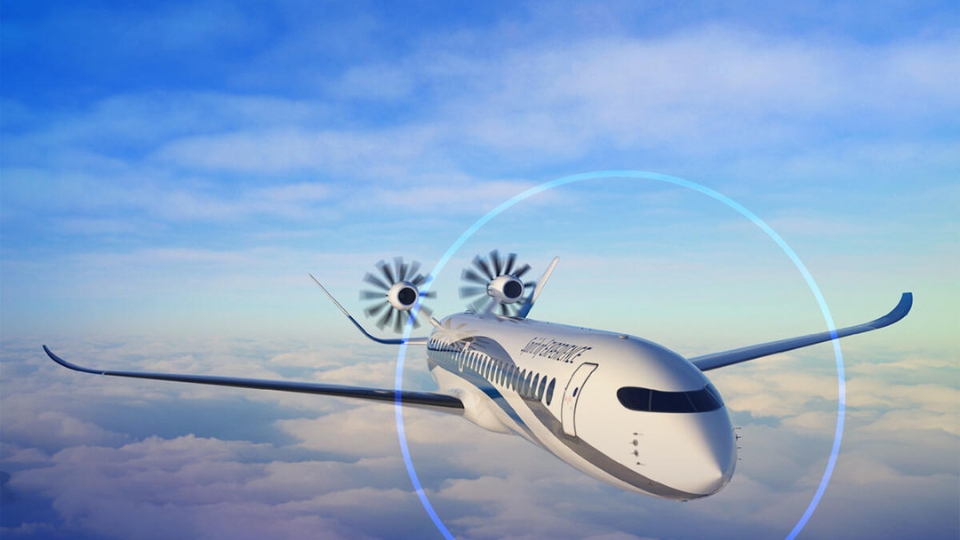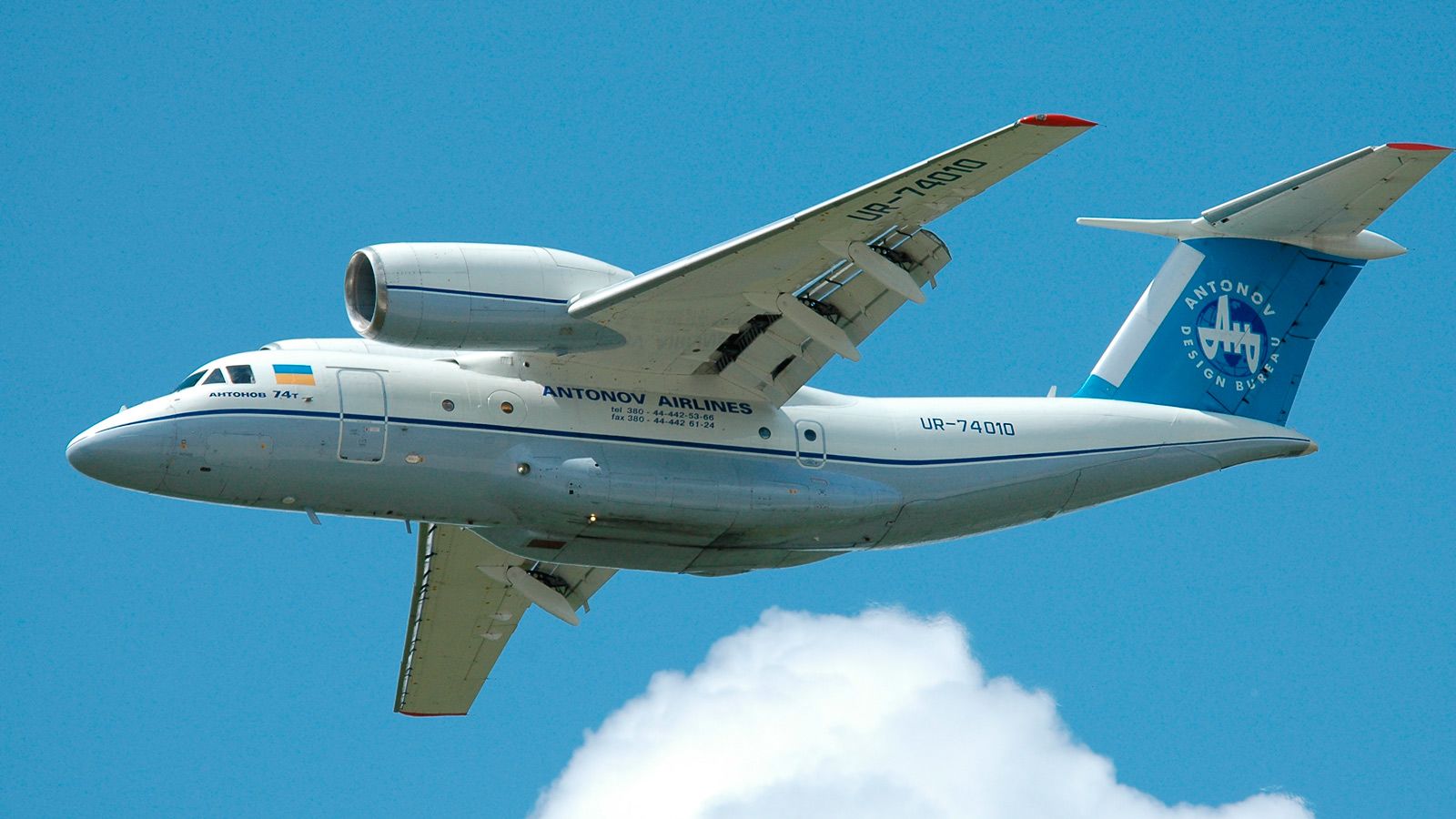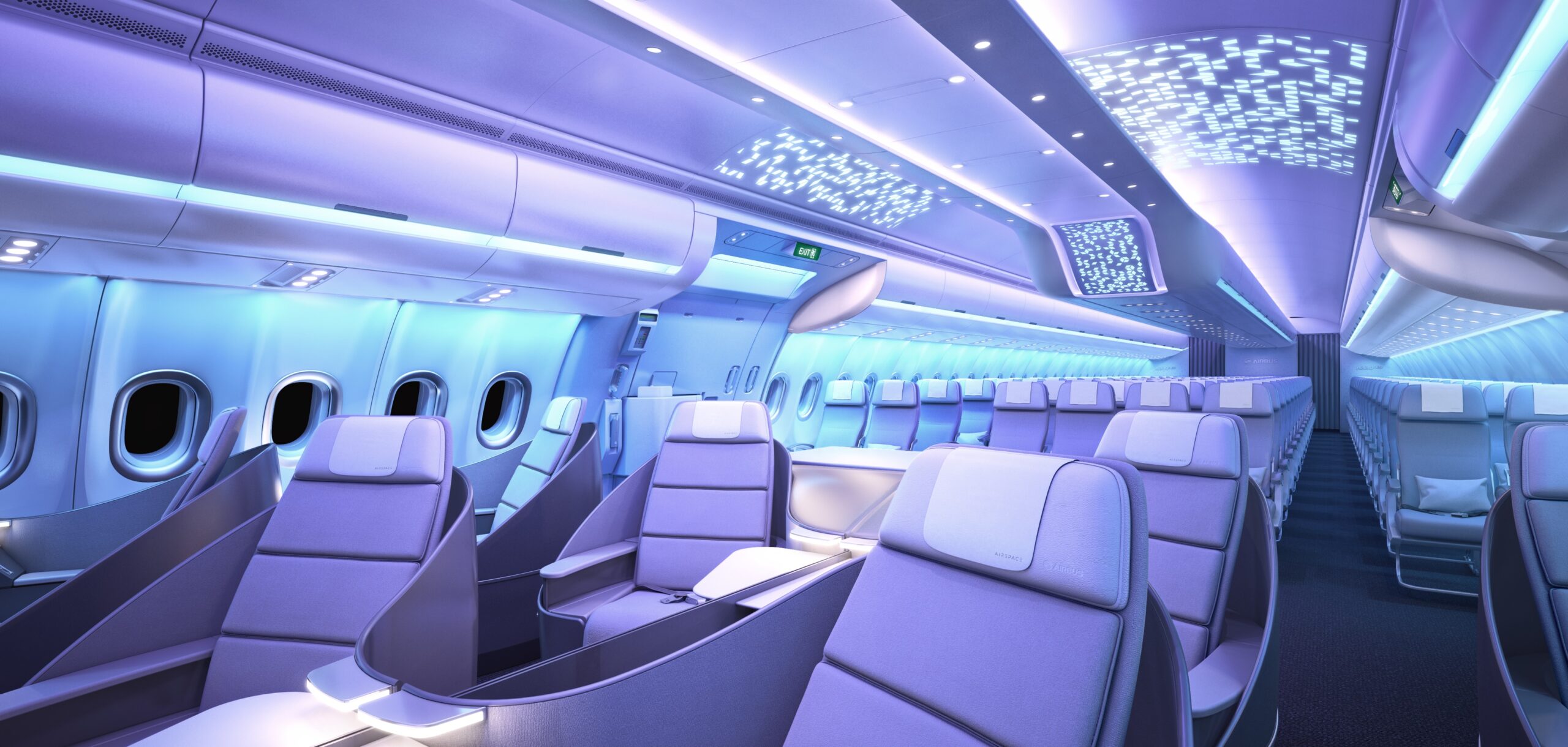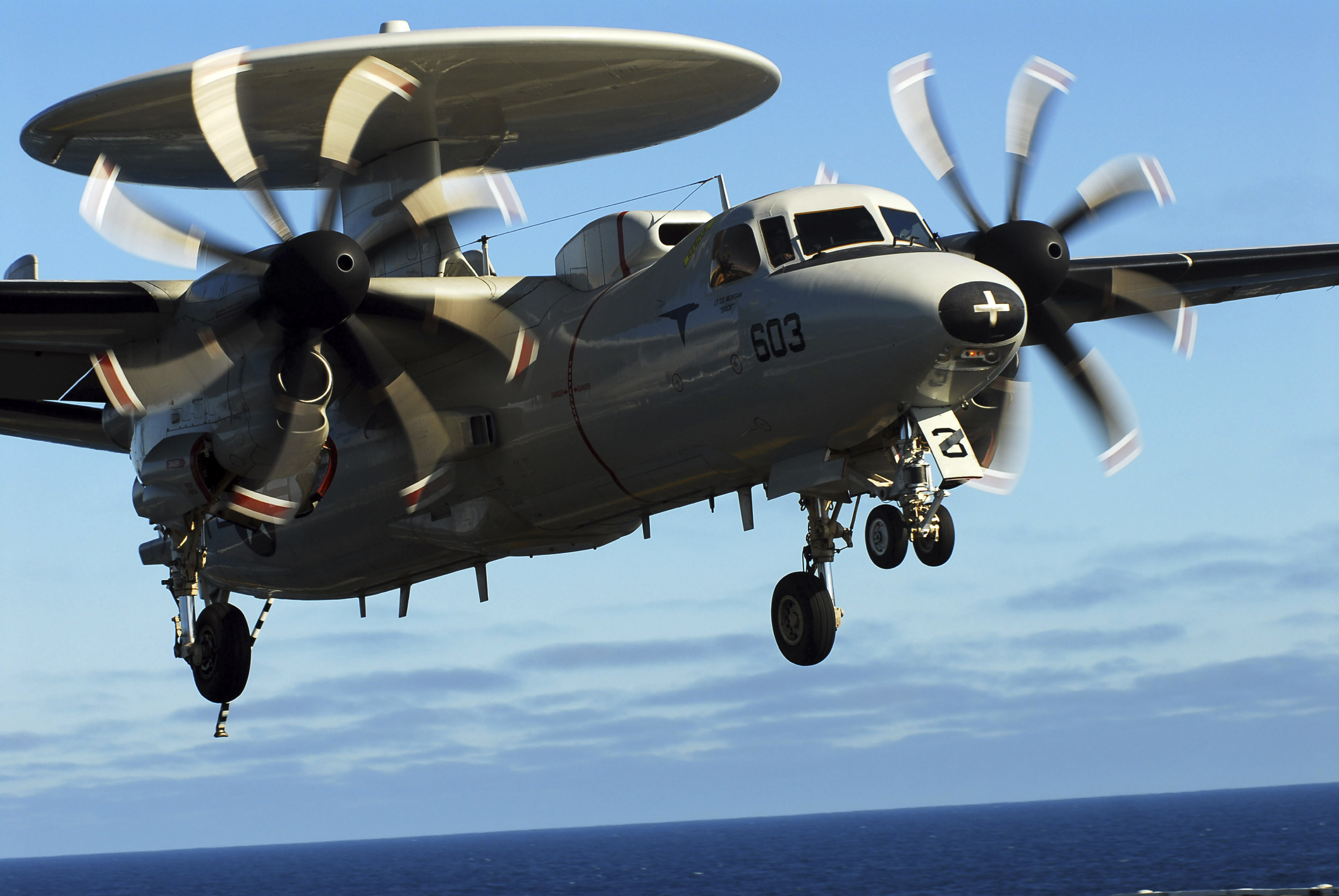The aviation industry constantly evolves through innovation. Engineers and designers introduce technologies that improve safety, efficiency, and passenger experience. Modern aircraft are no longer just machines for travel; they represent a fusion of advanced materials, digital systems, and environmental solutions.
Airlines now compete not only on routes but also on the sophistication of their aircraft. Innovations influence fuel consumption, flight performance, and overall operational efficiency. Each new aircraft generation sets higher standards for design, comfort, and sustainability.
Aerodynamic Advances for Fuel Efficiency
Aerodynamics remains central to modern aircraft innovation. Engineers refine wing shapes, fuselage contours, and tail structures to minimize drag and maximize lift. These adjustments directly improve fuel efficiency.
Winglets, blended wing designs, and adaptive flaps reduce turbulence and optimize airflow. As a result, aircraft can cruise longer distances while consuming less fuel. Advanced computer simulations allow designers to test thousands of configurations, ensuring that each component contributes to smoother, more efficient flight.
Additionally, some manufacturers experiment with morphing wing technologies that adjust shape during flight. This innovation could further enhance efficiency, reduce emissions, and improve handling in varied weather conditions.
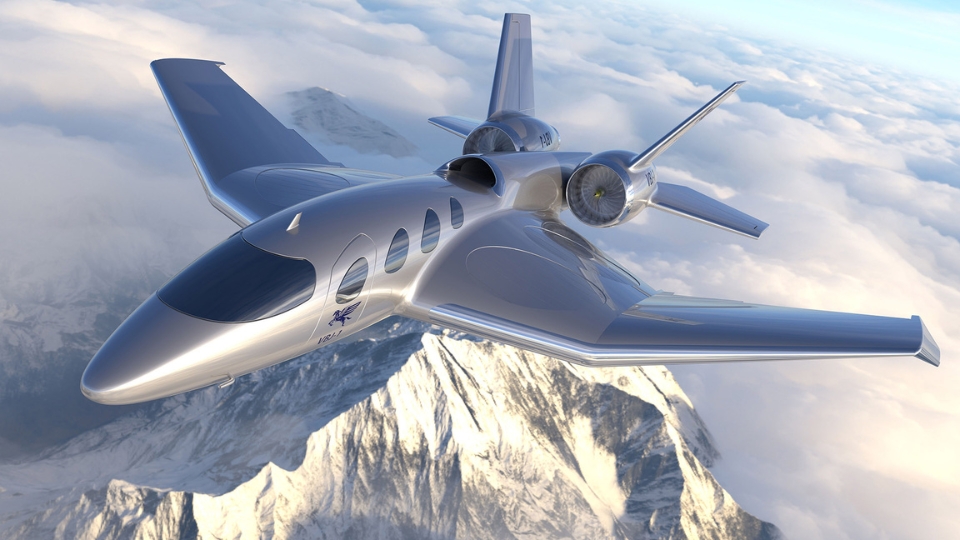
Modern Aircraft Innovations Changing Aviation
Lightweight Materials and Structural Innovation
Weight reduction plays a crucial role in performance and environmental impact. Modern aircraft increasingly use carbon-fiber composites, titanium alloys, and advanced aluminum to replace heavier materials.
Composites combine strength and lightness, allowing aircraft to carry more payload without sacrificing safety. These materials also resist corrosion, extending aircraft life and reducing maintenance costs. In addition, structural innovation improves cabin space while maintaining aerodynamic efficiency.
By combining advanced materials with optimized designs, engineers can significantly lower fuel burn while maintaining durability and performance. This approach benefits both airlines and passengers.
Engine Innovations for Efficiency and Power
Jet engines have seen remarkable advancements in recent years. Modern turbofan engines provide higher thrust while consuming less fuel. Larger fans, improved compressors, and advanced turbine technology all contribute to this efficiency.
Digital engine control systems adjust performance in real time, optimizing fuel consumption and maintaining safe operation under varying conditions. Noise reduction technology also makes flights quieter, enhancing the passenger experience and reducing environmental impact around airports.
Furthermore, hybrid-electric and sustainable fuel-compatible engines are emerging, signaling a shift toward greener aviation. These innovations promise reduced carbon emissions and lower operational costs in the coming decades.
Digital Cockpits and Avionics
Modern aircraft feature highly advanced digital cockpits. Touchscreen displays, integrated flight management systems, and real-time diagnostics streamline pilot workload. These systems enhance navigation accuracy, reduce human error, and improve situational awareness.
Automation now assists with takeoff, cruise, and landing phases, ensuring smoother operations. Pilots receive continuous data on weather, traffic, and aircraft performance, enabling proactive decision-making. Consequently, digital avionics contribute to safer, more efficient, and more predictable flights.
Passenger Comfort Innovations
Passenger experience is also changing thanks to modern innovations. Cabins now feature mood lighting, larger windows, improved pressurization, and advanced air filtration systems. These features reduce fatigue, minimize jet lag, and enhance overall comfort.
In-flight entertainment systems have evolved with touchscreen interfaces, streaming options, and personalized content. Wi-Fi connectivity allows passengers to work or stay connected throughout the flight. Airlines increasingly focus on ergonomics and spacious seating to improve comfort on long-haul journeys.
Sustainability and Green Aviation
Environmental responsibility drives many modern aircraft innovations. Airlines and manufacturers focus on reducing fuel consumption, lowering emissions, and adopting sustainable practices.
Lightweight materials, efficient engines, and improved aerodynamics contribute directly to greener operations. Additionally, sustainable aviation fuels (SAF) and hybrid propulsion systems are being tested on commercial aircraft. These innovations promise significant reductions in carbon output, positioning aviation for a more eco-friendly future.
Manufacturers also implement energy-efficient cabin systems. LED lighting, smart climate controls, and optimized waste management reduce the aircraft’s environmental footprint. Together, these solutions create a more sustainable travel experience without compromising performance or comfort.
Future Directions in Aircraft Innovation
The next wave of aviation innovation includes electric and hydrogen-powered aircraft, AI-assisted flight controls, and even fully autonomous systems. Designers are exploring blended-wing-body aircraft and more efficient structural layouts that promise revolutionary fuel savings.
Moreover, passenger comfort and operational efficiency will continue to advance. Airlines are expected to integrate smart cabin systems, predictive maintenance technology, and enhanced digital interfaces to improve both safety and convenience.
Conclusion
Modern aircraft innovations are transforming aviation across multiple dimensions. From aerodynamic improvements and lightweight materials to advanced engines, digital cockpits, and sustainable technologies, each innovation enhances performance, safety, and passenger experience.
These advancements ensure that air travel becomes faster, more efficient, and environmentally responsible. As innovation continues, aviation will reach new heights, delivering safer, greener, and more comfortable flights than ever before.





